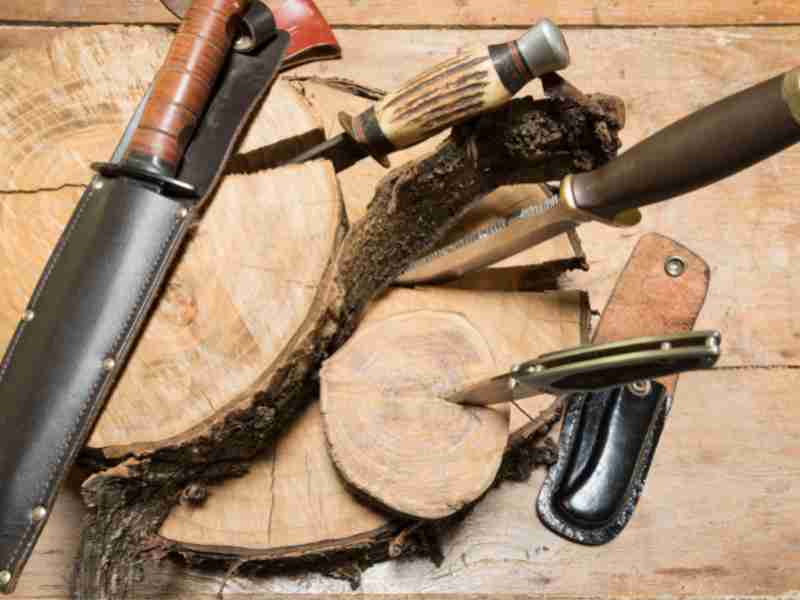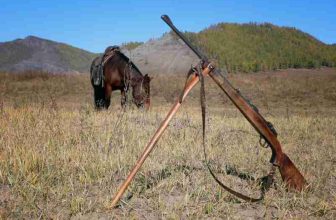
The Benefits of Careful Planning Before a Hunt
An essential aspect of a successful hunting expedition is careful planning. By taking the time to thoroughly prepare, hunters can increase their chances of success, while also ensuring their own safety. The primary reason for planning a careful hunt is to increase the likelihood of a successful outcome, whether that be a successful harvest or the preservation of the hunting experience.
Safety First:
Ensure hunters have appropriate clothing, food, water, first aid equipment, and other necessities before venturing into the wild. Priority should be given to safety. A clear plan of action is also essential before any hunting trip. Someone will likely be able to help you if something unexpected happens if they know where you are going and how long you will stay.
Intelligent Tactics:
Having a detailed plan also allows hunters to think strategically about how they will approach their target game. Ideally, you should research the terrain, the game being hunted, the weather conditions, the time of day, and other factors before hunting. This includes familiarizing yourself with local laws and regulations regarding hunting in your area. Knowing what weapons are allowed helps avoid issues later down the road.
Maximizing Your Enjoyment:
Finally, having a comprehensive plan ensures all necessary supplies are brought along for an enjoyable outdoor experience. Hunting will be easier for hunters with insect repellent, sunscreen, snacks, and drinks for daily breaks to prevent exhaustion or discomfort. Detailed preparation puts hunters in the best position to make the most of their outdoor experience while keeping them safe at all times!
Take Away:
Careful planning before a hunt is essential for safety and success. Having all necessary supplies with them ensures hunters are less distracted by unexpected events, uncomfortable conditions, or other factors outside their control. With thoughtful planning before heading out into nature, hunters can focus fully on finding success while remaining safe during their adventure!
FAQS:
What information can law enforcement officials use to locate you on your hunting plan?
Including your contact information in the hunting the plan can make it easier for law enforcement officials to find you if needed. This should include emergency contact and a phone number where you can be reached while in the field.
What should a hunting plan include?
The hunting plan should include the following:
- Research: Research the location and species to be hunted (including applicable laws and restrictions).
- Safety: Plan for safety measures such as using designated target areas, wearing blaze orange, and having a first-aid kit on hand.
- Equipment: Ensure that all necessary equipment is accounted for, in good condition, and legal to use in the area.
- Game plan: Develop an actionable strategy for approaching the hunt, such as setting up blinds or tree stands, identifying likely spots for animals to appear, or scouting ahead of time.
What are the 4 main causes of hunting incidents?
- Failure to identify target: Mistaking a person for an animal or shooting in the direction of a sound without being certain of the target.
- Careless weapons handling: Accidental discharge of a firearm due to improper handling or maintenance.
- Alcohol consumption: Drinking alcohol while hunting can impair judgment and reduce safety awareness.
- Deficient hunter training: Lack of experience or awareness of hunting regulations and best practices can increase the risk of accidents.
What are the 3 types of hunting?
The three main types of hunting are:
- Big game hunting: Pursuing large animals, such as deer, elk, bear, or other large game species.
- Small game hunting: Hunting smaller animals, such as squirrels and rabbits.
- Waterfowl: Hunting aquatic birds like ducks and geese.
What is the recommended treatment for someone with a back or neck injury?
Back and neck injuries can be painful and debilitating, but they can often be managed with the right treatment. Treatment for back and neck injuries typically includes rest, physical therapy, medications to reduce pain and inflammation, and in some cases, surgery. Rest is important to allow the body time to heal. At the same time, physical therapy helps strengthen the muscles around the injury site and improve the range of motion. Inflammation and pain can be reduced with nonsteroidal anti-inflammatory drugs (NSAIDs). Any damage to the spine or misalignment of the spine may require surgery in more severe cases.






